|
Tamron 28-75mm f/2.8 Di III RXD - Review / Test Report - Sample Images & Verdict |
|
Lens Reviews -
Sony Alpha (Full Format)
|
|
Page 3 of 3

Sample Images
Click on an image for downloading the full-size variant.
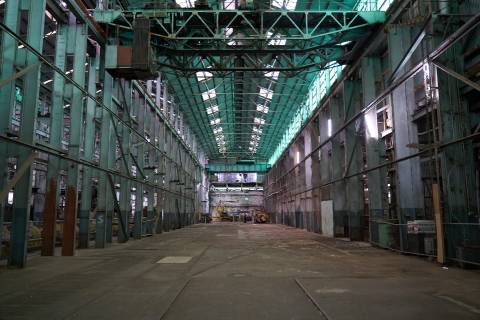 |
| Make | SONY |
| Model | ILCE-7RM2 |
| ISO Speed | 400 |
| Focal Length | 28.0mm |
| Aperture: | f/2.8 |
| Exposure | 1/20s |
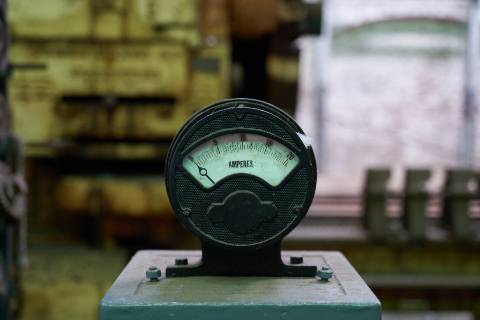 |
| Make | SONY |
| Model | ILCE-7RM2 |
| ISO Speed | 800 |
| Focal Length | 52.0mm |
| Aperture: | f/2.8 |
| Exposure | 1/20s |
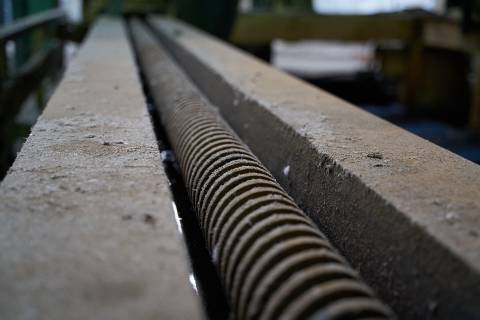 |
| Make | SONY |
| Model | ILCE-7RM2 |
| ISO Speed | 800 |
| Focal Length | 52.0mm |
| Aperture: | f/2.8 |
| Exposure | 1/25s |
 |
| Make | SONY |
| Model | ILCE-7RM2 |
| ISO Speed | 250 |
| Focal Length | 37.0mm |
| Aperture: | f/9.0 |
| Exposure | 1/200s |
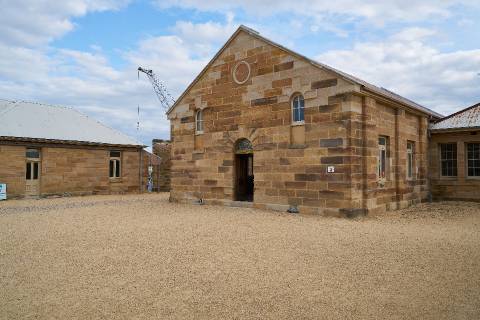 |
| Make | SONY |
| Model | ILCE-7RM2 |
| ISO Speed | 250 |
| Focal Length | 28.0mm |
| Aperture: | f/8.0 |
| Exposure | 1/500s |
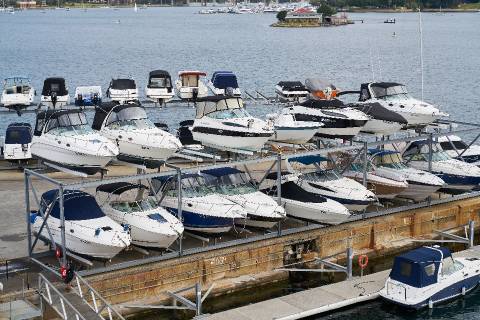 |
| Make | SONY |
| Model | ILCE-7RM2 |
| ISO Speed | 250 |
| Focal Length | 64.0mm |
| Aperture: | f/5.6 |
| Exposure | 1/500s |
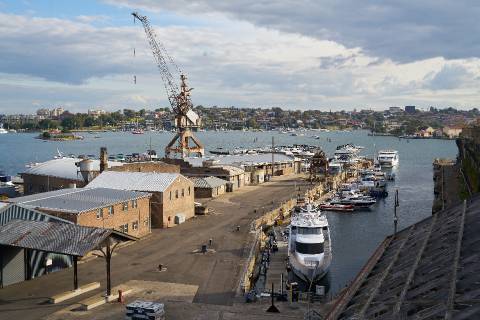 |
| Make | SONY |
| Model | ILCE-7RM2 |
| ISO Speed | 160 |
| Focal Length | 44.0mm |
| Aperture: | f/9.0 |
| Exposure | 1/200s |
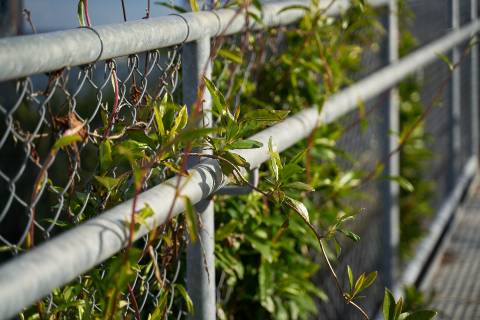 |
| Make | SONY |
| Model | ILCE-7RM2 |
| ISO Speed | 160 |
| Focal Length | 75.0mm |
| Aperture: | f/2.8 |
| Exposure | 1/2500s |
 |
| Make | SONY |
| Model | ILCE-7RM2 |
| ISO Speed | 160 |
| Focal Length | 75.0mm |
| Aperture: | f/2.8 |
| Exposure | 1/2000s |
 |
| Make | SONY |
| Model | ILCE-7RM2 |
| ISO Speed | 160 |
| Focal Length | 75.0mm |
| Aperture: | f/2.8 |
| Exposure | 1/125s |
 |
| Make | SONY |
| Model | ILCE-7RM2 |
| ISO Speed | 400 |
| Focal Length | 75.0mm |
| Aperture: | f/2.8 |
| Exposure | 1/2500s |
 |
| Make | SONY |
| Model | ILCE-7RM2 |
| ISO Speed | 400 |
| Focal Length | 49.0mm |
| Aperture: | f/9.0 |
| Exposure | 1/1000s |
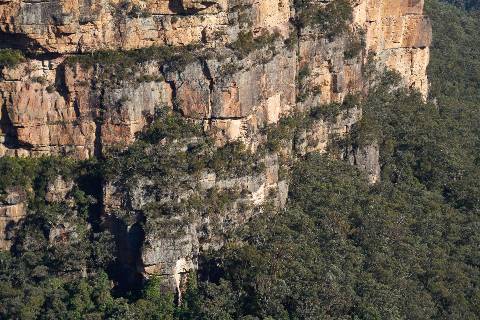 |
| Make | SONY |
| Model | ILCE-7RM2 |
| ISO Speed | 400 |
| Focal Length | 75.0mm |
| Aperture: | f/9.0 |
| Exposure | 1/640s |
 |
| Make | SONY |
| Model | ILCE-7RM2 |
| ISO Speed | 400 |
| Focal Length | 75.0mm |
| Aperture: | f/2.8 |
| Exposure | 1/4000s |
 |
| Make | SONY |
| Model | ILCE-7RM2 |
| ISO Speed | 400 |
| Focal Length | 28.0mm |
| Aperture: | f/2.8 |
| Exposure | 1/2000s |
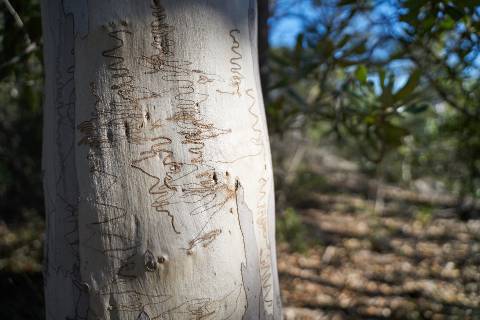 |
| Make | SONY |
| Model | ILCE-7RM2 |
| ISO Speed | 400 |
| Focal Length | 28.0mm |
| Aperture: | f/2.8 |
| Exposure | 1/4000s |
 |
| Make | SONY |
| Model | ILCE-7RM2 |
| ISO Speed | 400 |
| Focal Length | 31.0mm |
| Aperture: | f/5.0 |
| Exposure | 1/500s |
Competition
As of the time of this review, the Tamron 28-75mm f/2.8 Di III (left) only battles against the 3 prosumer/pro Sony lenses. A major advantage of all Sony lenses is the wider 24mm setting. The 28mm wide end on the Tamron feels a bit like coming from the 90s. As mentioned in the introduction, the Sony 24-70mm f/2.8 GM (2nd from the left) is in a different price league. Unsurprisingly it is also somewhat better albeit it's not lightyears ahead. A more natural competitor due to its similar pricing is the Zeiss Vario-Tessar 24-70mm OSS GM (3rd from the left). The Zeiss lens struggles at 24mm but should actually be fairly similar at 28mm and beyond. Obviously, it is slower but offers optical image stabilization. The Sony 24-105mm f/4 G OSS (to the right) is somewhat more expensive and surprisingly good given its much bigger zoom range - and our usual recommendation.
 Visual comparison courtesy of camerasize.com.
Visual comparison courtesy of camerasize.com.
Verdict
It is easy to spot why the Tamron 28-75mm f/2.8 Di III RXD is so popular. There is, of course, the moderate price tag combined with the fast max. aperture which sets it apart from Sony offerings. Optically it is decent - for such a lens - albeit it comes with a couple of carefully placed compromises. At the wide-end of the zoom range, it is quite sharp across the image frame when stopped down to medium aperture settings whereas the center performance remains superb at 75mm which is where you'd typically use a large aperture setting anyway. Thus the mainstream settings are offering quality where usually needed the most and you will probably agree that most of the provided sample images actually look very decent. That being said, technically there are also obvious weaknesses when using the lens on a high megapixel camera. The corner performance isn't all that hot at large-aperture settings and for a sharp result across the frame, you should stop down to f/8 or f/11. While you can certainly achieve decent object isolation via a shallow depth-of-field, the quality of the bokeh can be quite rough in difficult scenes - when shooting at f/2.8 at least. As far as image distortions, vignetting and CAs are concerned, most users will rely on image auto-correction thus you can live happily ever after. If you look behind the scenes - thus into the unmodified RAW image - you can spot medium distortions at the extreme ends. Lateral CAs are fairly low at the image borders but intensify in the extreme corners. The vignetting is also high at 28mm f/2.8 and 75mm f/2.8 albeit this isn't unusual in this class.
The build quality is on a very decent consumer-grade level. We are not convinced that the smooth finish will stand the test of time without scratches but out-of-the-box it certainly looks good (albeit a bit long-ish). An annoyance is the tendency of the rubberized zoom ring to function as a dust-magnet in no time. The moisture-resistant design is certainly a plus. A highlight is the fast and silent RXD AF motor. Some users will surely also appreciate the close focus capabilities of the lens which is a classic value-add on many Tamron lenses.
If you can't or don't want to afford the Sony FE 24-70mm f/2.8 GM but still want an f/2.8 standard zoom lens, the Tamron is a good and light-weight option IF you can live with the rather moderate 28mm setting at the wide-end.
Mechanical Quality:
★★★★★
What does this mean ?
|